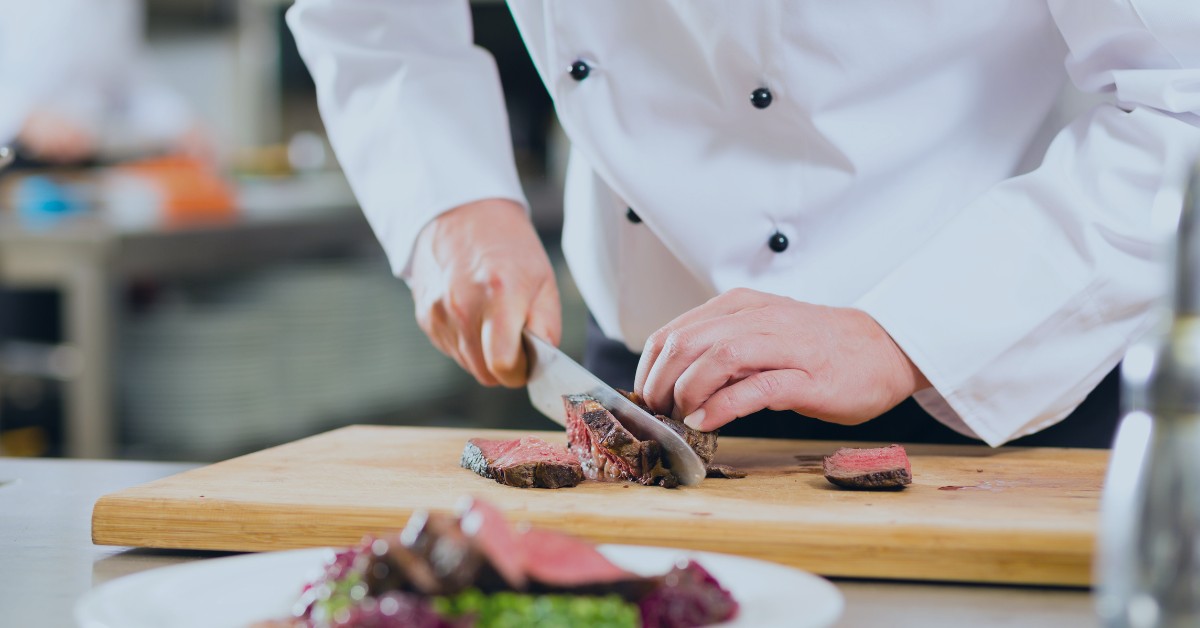As an owner or manager in the hospitality industry, you know that restaurants have narrow profit margins. This means it’s especially important for restaurants to find ways to cut costs to increase profitability.
The good news is, there are lots of tips you can try to boost your restaurant’s profits, and many are associated with a robust restaurant inventory management strategy. With that in mind, here are seven restaurant inventory tips to get you started.
- Realize that inventory is an investment
Everyone on your restaurant team must understand that your food and liquor inventory is your company’s investment into profitable growth. Your inventory is an asset, and everything from pour habits to maintaining stocked goods will impact how profitable your business is. If you needlessly waste inventory, your business is wasting profits.
To truly maximize your profits, you need to make sure your staff is trained to understand and manage your inventory effectively. If you're using more inventory than you’re selling, your profit margins are going to get slimmer and slimmer.
- Optimize ordering
To truly understand how much of each product your restaurant needs to order, it’s crucial that you understand your restaurant’s inventory usage. This is the amount you use of each product during your restaurant inventory accounting period.
With a clear analysis of how much inventory your restaurant is using each accounting period, through the use of insightful historical usage trends, you will be able to build a purchasing strategy that focuses on your top revenue-driving performers. Make sure to use a restaurant inventory order sheet or software to help.
- Use PAR level
Inventory usage data can also be used to improve your purchasing by finding your periodic replacement (PAR) level for each product in your inventory.
PAR level represents the minimum amount of each product that your restaurant should always keep in stock to meet customer demand. For example, if you use 57 steaks in each inventory period, then your PAR level would be 57 plus safety stock (to account for unexpected increases in demand).
- Design menus based on inventory data
Many restaurants design their menus and then order supplies based on what is on the menu. But to optimize profitability, you want to design your menu based on your inventory data.
By looking at historical trends, you can quickly and easily see what dishes sell well and which ones should be removed or tweaked. You can also see the cost and profit per recipe to determine whether there’s an opportunity to expand your profit margins. By taking the time to properly analyze your recipes and inventory data, you can customize your menu to boost profitability.
- Don’t eyeball inventory
Because inventory management can be so time consuming, staff members and management sometimes take shortcuts to speed up the process. One of the most common shortcuts is doing a quick mental calculation and/or estimating how much of a food item is left by looking at it. This is also very common during bar inventories with staff using tenths to determine how much is left in a bottle.
But this process won’t provide the most accurate data possible, and that is what you need to make profit saving decisions regarding your inventory. Instead, you should use counts and weighing to understand exactly how much inventory you have, how much has been used and how much has been wasted.
- Be consistent with counts
Many restaurants perform inventory counts when it is most convenient, such as a slow night or when extra staff members are on hand. But inventory needs to be regular and consistent for you to optimize decision-making.
Typically, restaurant inventory counts are performed weekly, monthly or quarterly. We strongly believe that weekly counts provide the most accurate and insightful data to help your business grow, but ultimately the decision is up to you.
By scheduling your inventory counts on the same day every week/month/quarter, you’ll ensure that you get a consistent count during each inventory accounting period. As a result, you’ll have accurate data that helps you make strategic decisions to improve the profitability of your business.
- Invest in inventory management software
There’s a common misconception that spreadsheets are as effective at inventory management as an inventory management system. But spreadsheets not only increase the time it takes to manage inventory, but they are also more susceptible to error, which means the information recorded on them is often inaccurate. This can lead to poor decision-making regarding your restaurant inventory.
Inventory management software not only saves time and reduces errors, it also provides better insights related to your restaurant inventory through in-depth data and reporting.
For more information on restaurant inventory software and tips on how to increase your restaurant’s profitability through proper inventory management, contact Sculpture Hospitality’s team of local restaurant inventory experts today.












